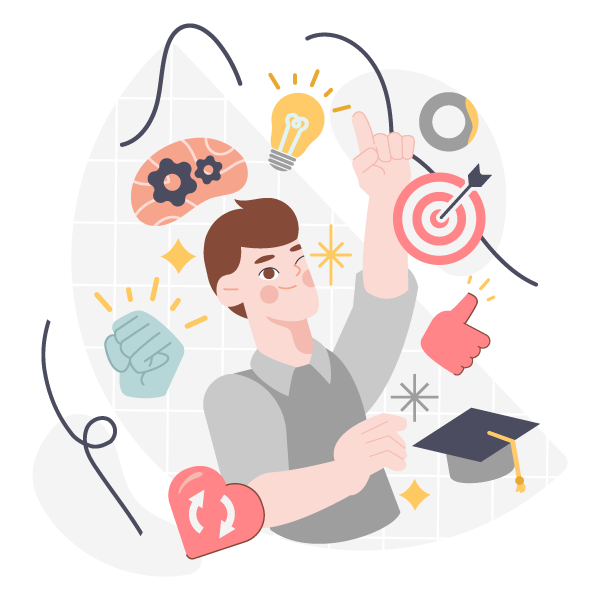With so much new technology, technique and trends, it’s easy to let your learning get lost in the shuffle. After all, you want to take advantage of anything that could help your learners, but not at the risk of losing your way – or your focus. By asking some tough questions, properly mapping out your learning objectives and then matching them to the ideal learning outcome, you can see a clearer path from point A to point B. Here’s how.
Defining Learning Objectives
At their core, learning objectives should be three things: Action-focused, learner-focused and consider of existing learner knowledge base. You should be able to clearly specify which learning objectives are informational only, and which require a change to overall behavior. By categorizing objectives accordingly, you can better map how to reach that objective based on the resources available to you and your learners. Past that point, it’s up to you to drill down on learning strategy, using these five tips.
- Assess Prerequisite Knowledge. Don’t plunge blindly forward without knowing more about your learner. By offering a pre-test or survey, you can get a better handle on what your learners know and can map based on both objective and current knowledge base to avoid bored learners.
- Write Learning Objectives. Use actionable words to describe just what you want out of your program or curriculum. Don’t forget to include supporting objectives, or steps that need to take place in order for learners to reach the goal or objective.
- Keep it Concise. While it’s tempting to stuff your curriculum full of content, it can be a case of “too much of a good thing.” Whenever possible, keep your mapping and your content concise by always focusing on the most important tenants of content. By simplifying the content, the way to your learning objectives is less muddled by “noise.”
- Utilize Knowledge Assessment Tools. Ask any seasoned road-tripper: The only thing worse than going the wrong way is going the wrong way and refusing to turn around. By using knowledge checks and assessment tools throughout the process, you can see what’s working – and perhaps more importantly, what’s not. Knowledge checks ensure your learners are “getting it” and are on their way to reaching learning goals.
- Evaluate Performance. So, did you reach your final destination? Performance evaluations allow you to assess whether or not the material gave you the results you wanted, as mapped in your learning objectives. Asking learners directly is always an effective course of action, but you can also go for surveys, post-program assessments and even webinars to gather intelligent data and ensure you were on the right track.
Of course, the final step is actually perpetual: Making sure you’re continually improving through your experience and feedback. You might find that there are available shortcuts, or that you’re missing something along the way, so you’ll need to adjust accordingly. Mapping helps you stay on track and avoid any unnecessary detours on your journey to reaching objectives.





